Design Strategy
A design strategy that may be employed when developing a design is to investigate how the design might look if it would be created by:
- adding material to the original piece
- removing material from the original piece
- bending materials
- reforming materials
- rearranging materials or parts of the design
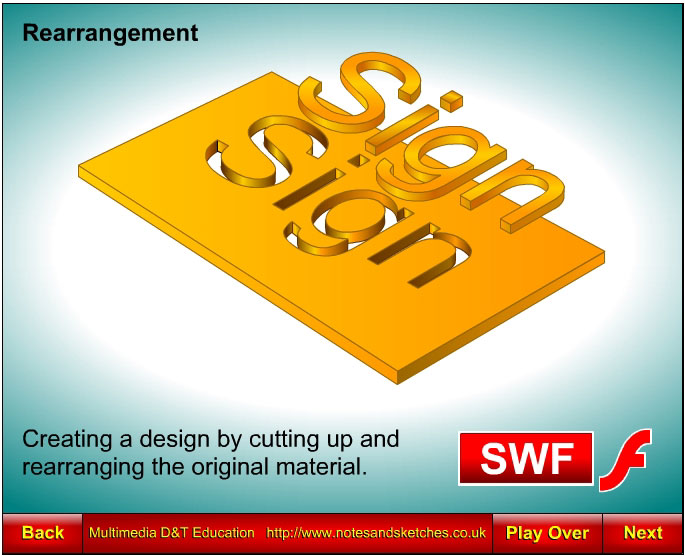
Click on the screenshot above to view the "design development by addition, wastage etc" animation by Laszlo Lipot
An image showing the Flash animation logo Flash animations are embedded into the pages of all my D&T Modules but there are pictorial links to the animations on this web site so that devices that cannot play Flash animations will at least show a jpeg screenshot of the animation. If your PC or personal digital assistant (PDA) can play Flash animations you may click on an image showing the Flash animation logo |
Adding material The climbing frame clearly illustrates how a product can be made by fixing a number of parts together. The "Angel of the North" sculture was made by welding curved steel plates and flat bar together to form a massive rigid structure. |
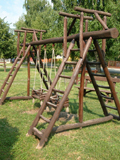 |
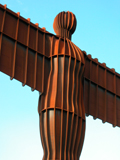 |
||
Removing material The countersink and the chess pieces illustrate how products can be created by removing material from the original piece. Most of the material was removed from the steel bar and from the original pieces of wood using a lathe. Other machine tools that remove material include saws, drills, milling machines, grinding machines and laser cutters. |
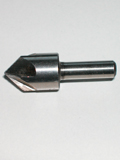 |
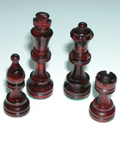 |
||
Bending material Bending processes include both hot and cold forming of metals and plastics using hammers, rollers and press tools. The process of bending wood often involves steaming timber to soften it, then clamping it in a former that bends the timber into the required shape. When the timber has cooled and dried in the former, it stays in the bent shape. |
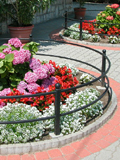 |
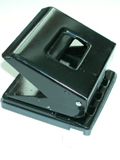 |
||
Reforming material The plastic cup was made be injection moulding plastic granules whilst the bronze sculpture was made by pouring molten bronze into a mould. Reforming involves softening a resistant material and then pouring it or forcing it into a mould. Reforming processes include compression moulding, injection and extruding processes, pultrusion processes, vacuum forming, blow moulding and calendering. |
 |
 |
||
Rearranging material or parts The laminated wood tray illustrates how timber may be cut into veneers and glued together again in a mould under heat and great pressure. Other familiar products that have been created by cutting up material and then joining them again include manufactured boards such as oriented strand board, (OSB) chip board, medium density fibreboard (MDF) and block board. |
|
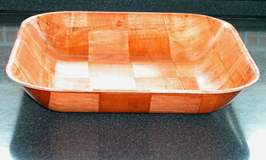 |
||
